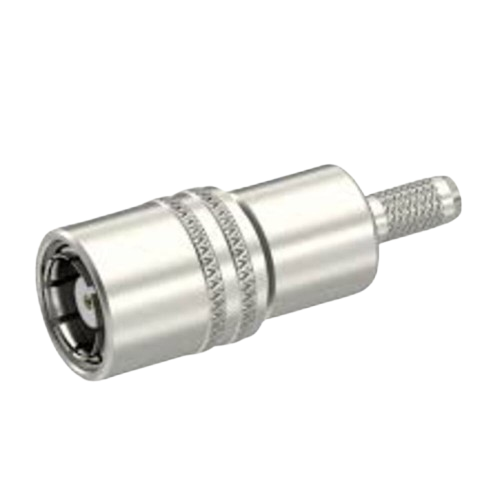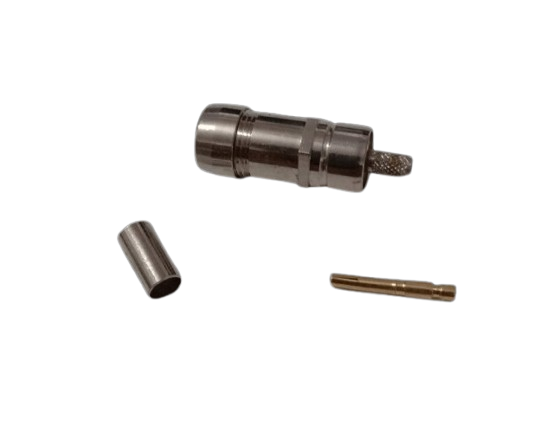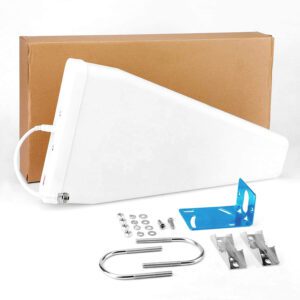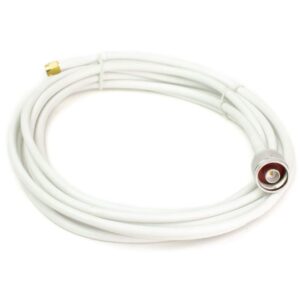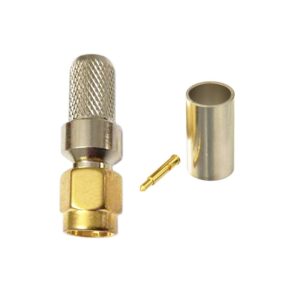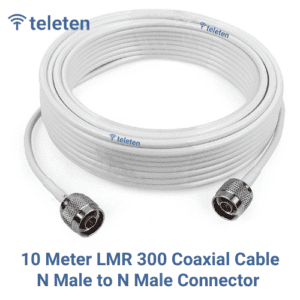- Connector Type:
- BT 3002: The connector conforms to the BT 3002 standard, used in telecommunications systems for telephone and data connections.
- Cable Compatibility:
- BT Cables: Designed to work with cables that adhere to BT’s standards. This typically involves twisted pair cables used in telephone lines and data networks.
- Crimping Method:
- Crimp: The connector attaches to the cable by crimping, which involves using a crimping tool to compress the connector onto the cable’s conductors. This provides a secure and reliable connection.
- Material:
- Body: Typically made of durable metals such as brass or nickel-plated brass to ensure long-term reliability and performance.
- Contacts: Made from conductive materials with plating (e.g., gold or nickel) to enhance conductivity and reduce signal loss.
- Impedance:
- Varies: The impedance of the connector should match that of the connected cable to ensure proper signal transmission. BT cables and connectors are designed to work with specific impedance values for optimal performance.
- Dimensions:
- Designed to fit precisely with BT cables, ensuring a stable and secure connection.
- Usage:
- Applications: Commonly used in BT telecommunications systems for telephone lines, data connections, and other infrastructure components.
- Common Uses: Connecting various elements within a BT system, such as network or telephone lines, ensuring efficient communication and data transfer.
- Installation:
- Tools Required: Crimping tool, wire stripper, and possibly a cable cutter.
- Procedure: Prepare the cable by stripping the insulation, insert the conductors into the connector, and use the crimping tool to secure the connector onto the cable.
Advantages
- Reliable Connection: The crimping method ensures a strong and stable connection, which is crucial for maintaining signal integrity in telecommunications.
- Ease of Use: Crimp connectors are straightforward to install with the right tools, making them practical for various applications.

